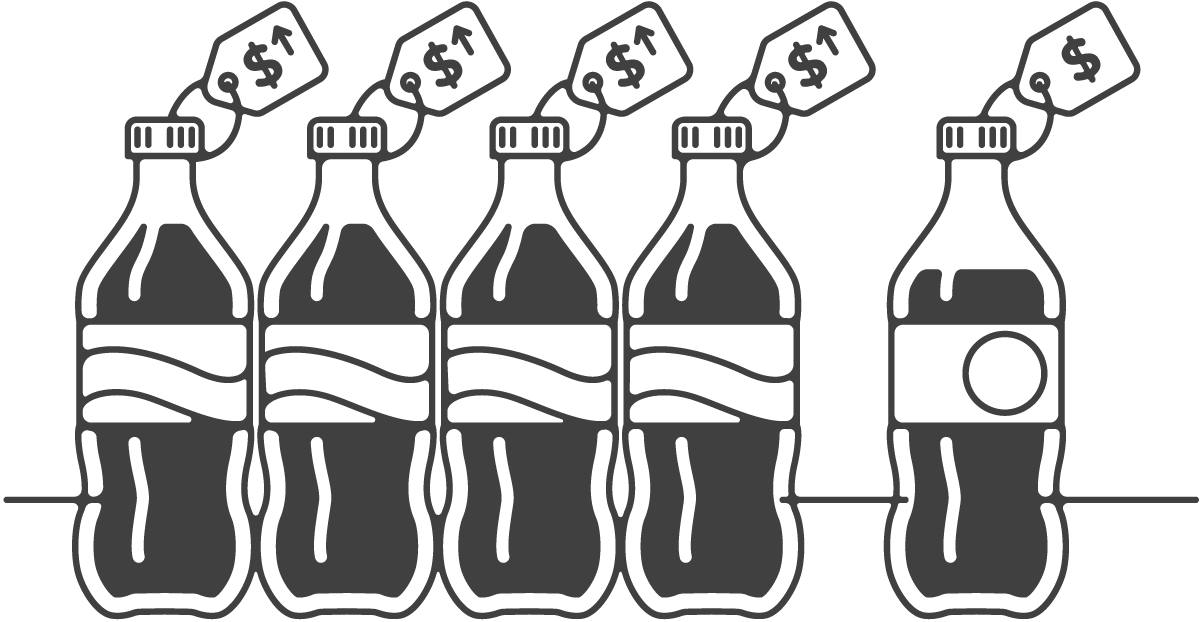The hot topic currently is inflation. And sorry, it’s not leaving any time soon.
In the last few months, businesses have had to turn and face the music. The consequences of this inflation for their revenue is beginning to take its toll. From “shrinkflation” – offering less for the same price – to actual price increase and additional surcharges, businesses are reacting to the increased pressure of cost on their business models during inflation. This reflects directly onto the consumer as the cost trickles down to their wallet. How does it reflect on your brand though? These tactics of offsetting cost could be costing you in the longrun.

Using shrinkflation as an example, many have become aware of businesses doing this in the grocery store thanks to the media and articles. Essentially a business charges the same amount while offering less in the purchase. Less squares in a roll of paper towels, less tuna in a can, less cookies in a box, you get the idea. Even though this has been a tactic for decades, the general consumer has become more aware of it as of late. The byproduct of this has created resentment in the buyer. As they feel cheated, tricked, or just ripped off. Yes, it works for the business to fight inflation, but bad for the brand.
This tactical sacrifice could be justified, but the longterm strategy doesn’t play out for the perception of the business. The fact of the matter is that no consumer wants to pay more. Period. However, this fact is limited to the business. If you look at it from sheerly a business perspective then transactionally the increase cost is painful. No one wants to pay more for gas, milk, eggs, lumber, meat, electricity, used cars, etc. — these are all essentials and nonemotional transactions. There’s less brand connection. There’s less relationship to the brand.
Now look at the brands that raise their prices all the time:
Private colleges, Apple, fashion brands, Starbucks, luxury hotels, Nike, and the list goes on.
These brands aren’t having to “raise their prices” due to inflation, their brands empower them to charge more year after year. Their brand gives the business the pricing power to go beyond what is deemed average by their market.
Since this posture through the brand ensures the business is able to maintain profitability, the business is able to survive and thrive when the market pullbacks or the inevitable inflation takes place. The proactive approach of the brand enables the business to keep the relationship with their audience, not just the transaction.
By neglecting brand, the business is stuck playing defense which leads to unfortunate tactics like inflation price jumps and shrinkflation which strain the transaction – leaving a bad taste in the mouth of your audience. This poor impression only furthers your business from having a successful relationship with its audience.
This isn’t a plea for every business to become “high-end” or “luxury”, it is however sound reasoning for a business to focus on the brand for the health and profitability of the business. It benefits the business in the immediate as well is a proactive solution (playing offense) for when pesky things like inflation or uncertain times come knocking.

